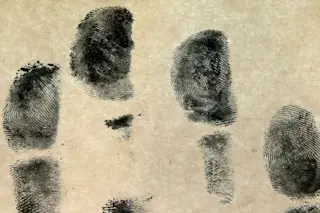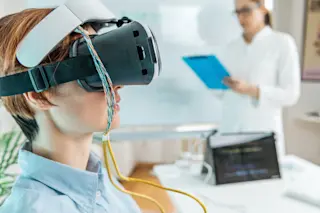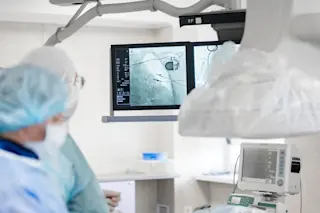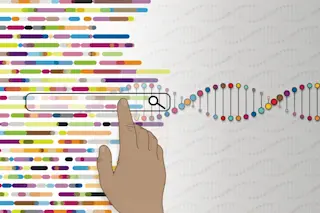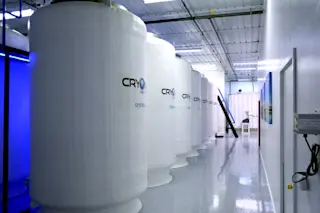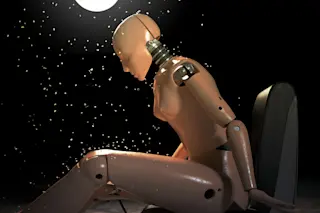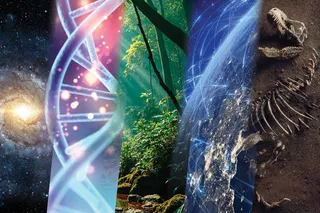When you use your fingerprint to unlock your smartphone, your phone is looking at a two-dimensional pattern to determine whether it’s the correct fingerprint before it unlocks for you. But the imprint your finger leaves on the surface of the button is actually a 3D structure called a fingermark.
Fingermarks are made up of tiny ridges of oil from your skin. Each ridge is only a few microns tall, or a few hundredths of the thickness of human hair.
Biometric identifiers record fingermarks only as 2D pictures, and although these carry a lot of information, there’s a lot missing. A 2D fingerprint neglects the depth of the fingermark, including pores and scars buried in the ridges of fingers that are difficult to see.
I’m an educator and scientist who studies holography, a field of research that focuses on how to display 3D information. My lab has created a way to ...


